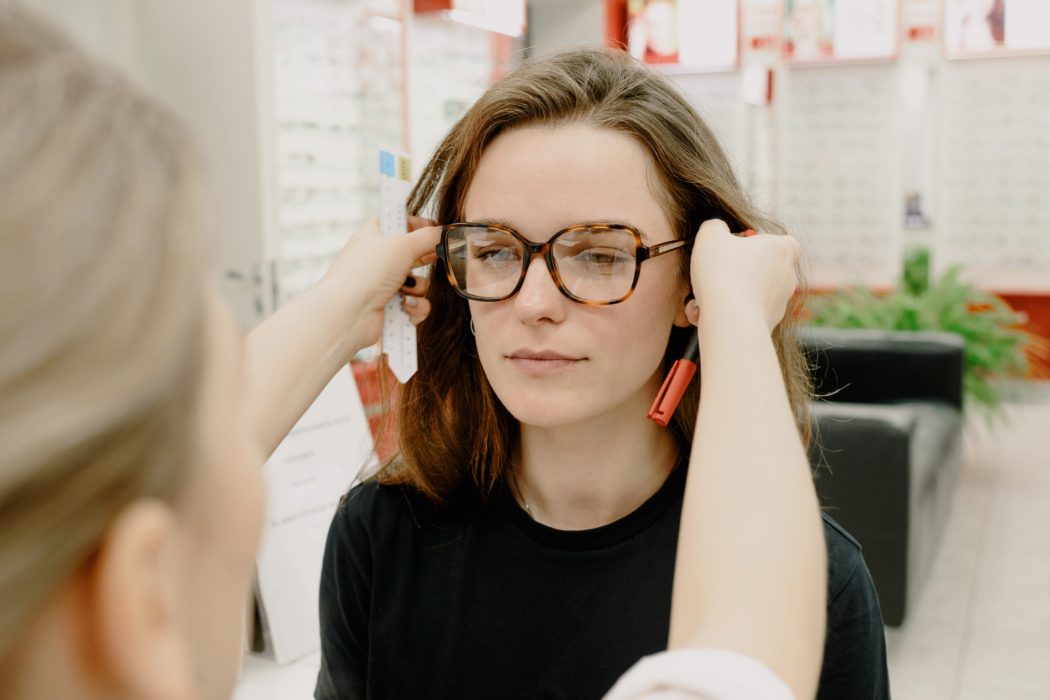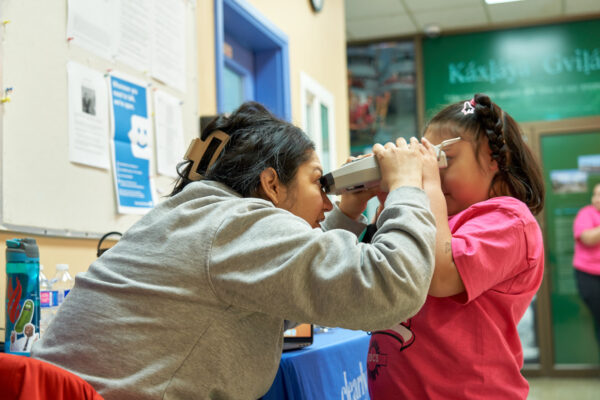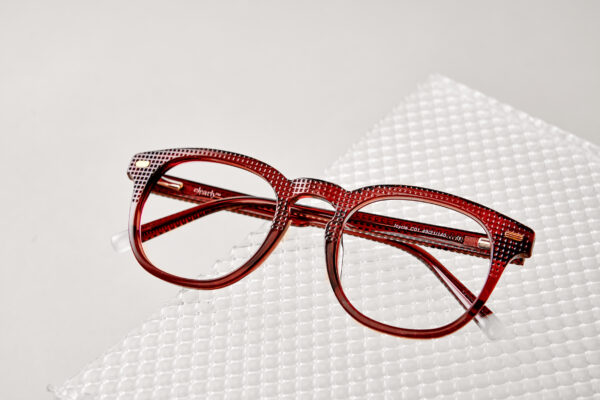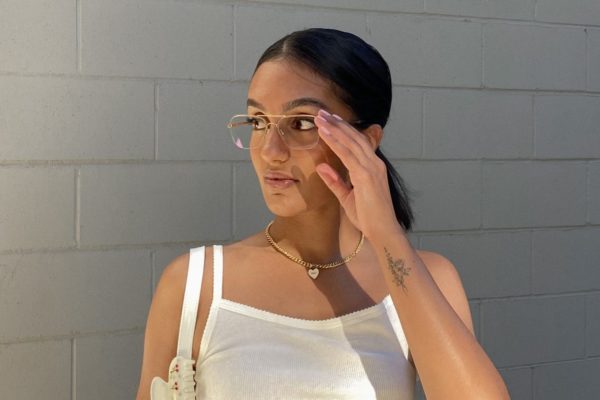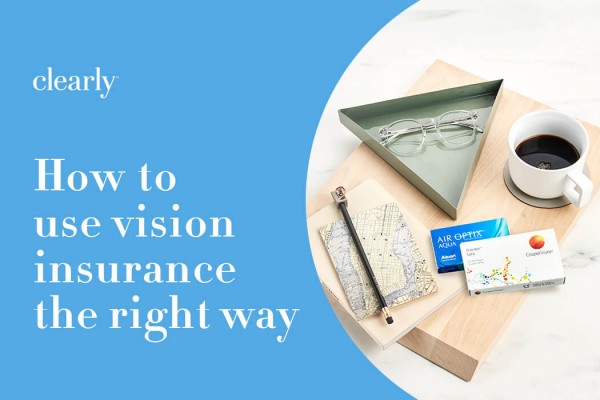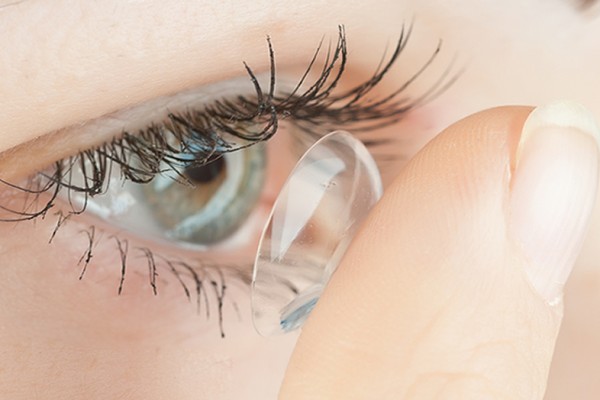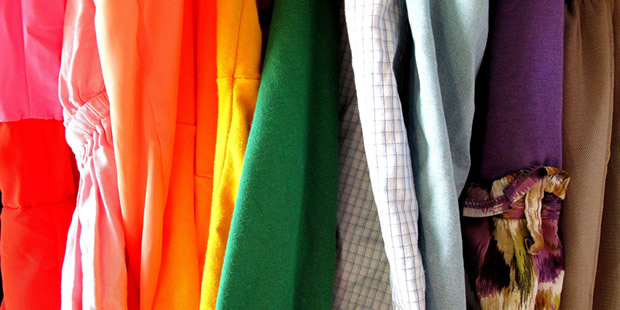This post is also available in:
![]() Français (French)
Français (French)
Not sure what your glasses measurements are or how to find them? Getting the right size glasses for your face is important for both fit and style.
From lens width to bridge width, there are a few different things to look out for when finding a frame size that’s right for you. And we’re here to help.
Scroll through the different sections of this guide to find your glasses features:
- How to find your glasses measurements
- How to measure your glasses yourself
- How to measure your face for glasses
- Glasses size chart
- Bridge measurement (everything you need to know)
- Glasses measurement and fit tips
Psst… Something to keep in mind
Before you get started, it’s important to remember that finding the right fit isn’t an exact science.
These numbers should give you an idea of what frames will suit you best, and our customer service team are experts at helping you figure out a style and size that works great for your face size and shape.
(Need a little more peace of mind? We also offer free returns on orders $80).
How to find your glasses measurements
Your glasses measurements may be closer than you think. Usually, the frame manufacturer prints the size numbers on the inside of the glasses’ temples. Sometimes they will print them on the bridge.
Look for a series of three numbers. They will look similar to this:
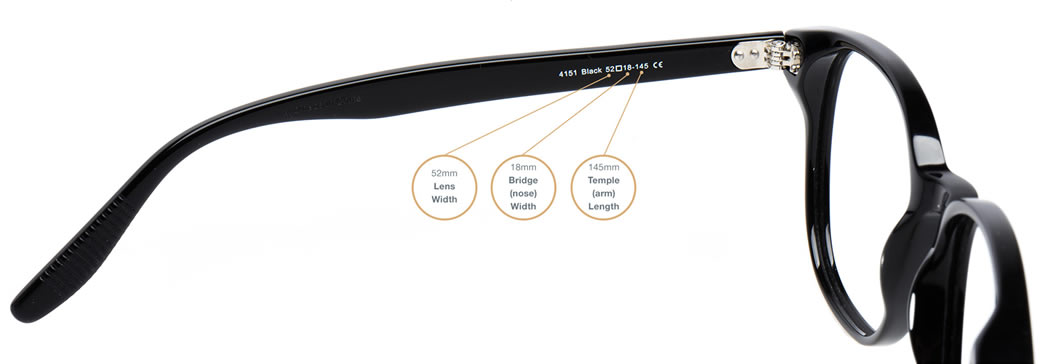
1. Lens width: The first 2-digit figure represents the lens width (typically between 31mm-60mm
2. Bridge width: The second 2-digit figure represents the bridge width (typically between 12mm-31mm)
3. Arm length: The third 3-digit figure measures the length of your frame arms (typically between 115mm-155mm)
How to measure your glasses yourself
If you can’t find your glasses measurements or the numbers have worn off, you can figure your measurements using a pair of glasses that fit you already.
1. Entire frame: Measure horizontally – start inside frame width. Put the edge of your ruler over your frame and measure from the left hinge to the right hinge.
2. Bridge and lenses: Measure the width of the bridge and subtract that measurement from the frame width. This will give you the measurement for the frames alone. Divide that number in half to calculate the lens width.
3. Arms: Measure the arm length. Place your ruler at the hinge and measure straight across to the furthest end of the temple.
How to measure your face for glasses
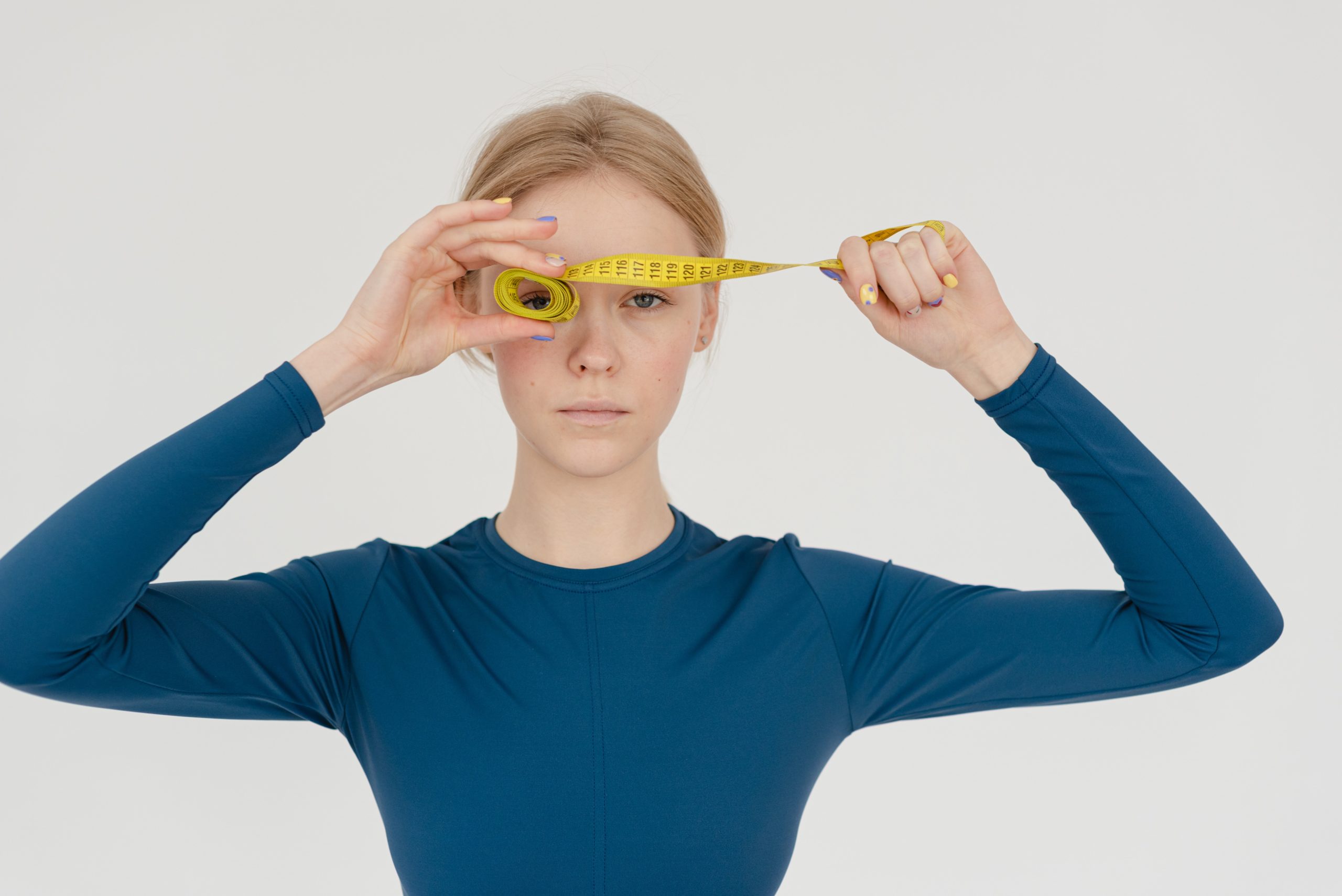
If it’s your first time buying glasses or you’re not happy with the way your current pair fits, you can start from scratch and measure your face to find your ideal glasses size.
All you need is a ruler (and maybe a friend to help).
1. Find your bridge measurement
Look in the mirror or take a side-profile selfie to see where your nose bridge starts and how wide or narrow your nose is.
If your bridge is low (level or below your pupils) or narrow, your bridge size will be a low number (between 16-18). If it is high (above your pupils) or wide, you will need a larger bridge number (between 19-21).
Our low bridge fit glasses (or informally known as ‘Asian fit’ glasses) are designed specifically for people with a low nose bridge, high cheekbones, or wide faces.
Find more tips on choosing glasses for your bridge fit size below.
2. Find your lens width measurement
Hold the ruler just below your eyes and measure the distance between your left and right temple. This will give you the measurement for the total width of your glasses.
Remember – frame sizes are broken down into individual lens width. To calculate this, you’ll need to:
- Subtract your bridge measurement from your temple measurement
- Divide that number in half
This will give you the size of your ideal lens width.
3. Find your glasses arm length
Go back to your temple measurement and use it as a reference for finding the ideal arm length for your glasses:
- If your temple width is 129mm or less, choose an arm length between 135mm and 140mm
- If your temple width is between 130mm-139mm, choose an arm length between 140mm and 145mm
- If your temple width is wider than 139mm, choose an arm length of 150mm or above
Glasses size guide: Which glasses size do I need?

Remember the last time you went shopping for jeans and had a mind-boggling time trying to figure out what style and size fit your body the best?
Sometimes, glasses can be like that, too. However, we’ve put together a ballpark size guide for quick reference on which size glasses you should be on the lookout for.
Glasses size guide
|
Face size (temple to temple measurement) |
Lens width |
Arm length |
|
Narrow (less than 129mm) |
50mm and under |
135mm-140mm |
|
Medium (130mm-139mm) |
51mm-55mm |
140mm-145mm |
|
Wide (over 139mm) |
56mm and above |
150mm or above |
| Nose bridge size |
Bridge measurement |
|
Small |
14mm-16mm |
|
Medium |
17mm-19mm |
|
Wide |
20mm-23mm |
Frame sizes do not have to be exact – numbers within a few millimetres in either width or length should still fit. Spring hinges allow for increased flexibility and durability of your glasses.
Ready to start browsing? Check out extra-small glasses, all glasses, and extra-large glasses.
Let’s talk about bridge measurement

Your glasses measurements are not complete without your bridge measurement. One of the most common issues people face when shopping for eyewear online is finding the perfect bridge fit.
A bridge that is too tight can pinch the nose and cause your frames to sit too high on your face, while a bridge that is too wide keeps sliding down your face all day (talk about annoying!).
Here, we’ve covered frequently asked questions about bridge fit.
What is a bridge measurement?
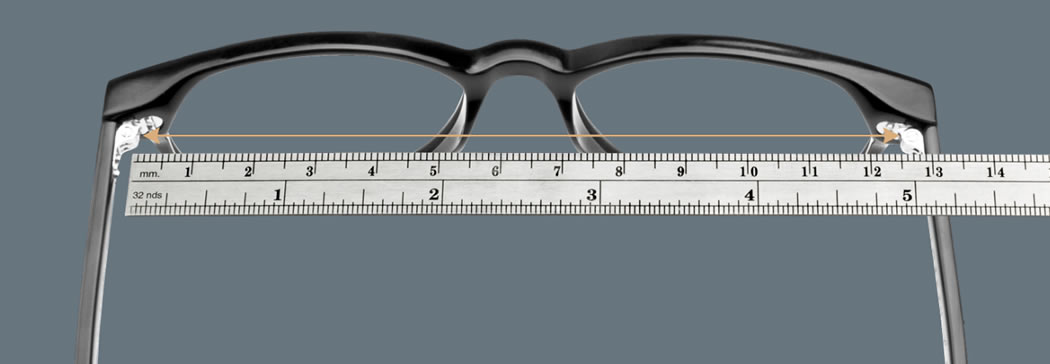
The bridge measurement is the distance between the inside of one lens to the other — the part of the frame that sits just above (or on) your nose.
Acetate vs. metal: Which offers the better bridge fit?
Generally, getting the right bridge measurement is much more important when it comes to acetate frames than with metal glasses.
If you prefer metal, you’ve got it easy! Metal frames’ bridges often come with adjustable nose pads that can be tightened or loosened to suit a variety of nose sizes and prevent the frame from sliding.
Can I use my current pair of glasses to find my bridge measurement?
Yes! If you currently wear acetate frames, your bridge measurement should be printed right on the glasses. You can usually find this number either along the arm or the nose bridge itself.
Traditionally, the middle number corresponds to the bridge measurement and ranges between 16-21mm on most glasses. If your frames fit well, this number will work for you across the board.
Nose bridge position is just as important as size
It is also important to look at the location of the bridge on the frame. If you have a high bridge, frames with a bridge closer to the brow line are great! If you have a low bridge, frames with a curvier brow or a lower bridge are likely to fit you better.
How does frame thickness influence your bridge measurement?
Bridge measurement is measured from the inside of the frame, which means a thick-rimmed frame with the same bridge size as a thin-rimmed frame will not fit the same.
For example, if you know your bridge is 17mm and you’re looking at a chunky frame with a 19mm bridge, it is very likely that it will be a suitable size for your bridge because it takes into account the extra rim.
How to shop online with your glasses measurements

Now that you’ve learned a little more about how to measure your glasses and find the right size for your face, you’re ready to shop for glasses online.
One other measurement you’ll need is your PD (pupillary distance). This should be included with your prescription, but if it’s not you can also learn how to measure your PD yourself (or visit your nearest Clearly store and we’ll do it for you for free).
Filter by size
Once you’ve got your glasses measurements, it’s time for the fun part!
On our site, you can shop by filtering by size. Check out the chart below for an easy reference of which size is best suited for your measurements, based on the width of the entire frame (which is lenses + bridge).
|
Frame width measurement (mm) |
|
|
Junior (for kids) |
Below 121mm |
|
Extra Small (for adults) |
Below 121mm |
|
Small |
121mm-128mm |
|
Medium |
129mm-134mm |
|
Large |
135mm-145mm |
|
Extra Large |
Above 145mm |
Have some fun with our Virtual Try On tool, which can help you visualise how different styles will look on you (though it doesn’t give an indication of size or fit). You can also use the MyFit tool to help provide more inspiration.
Glasses measurement and fit tips

Glasses width
There should be a gap between the arm of the glasses and your temple, but it should be a very small gap.
When you smile, the glasses should continue to rest on your nose, not get jostled by your cheeks.
Round glasses
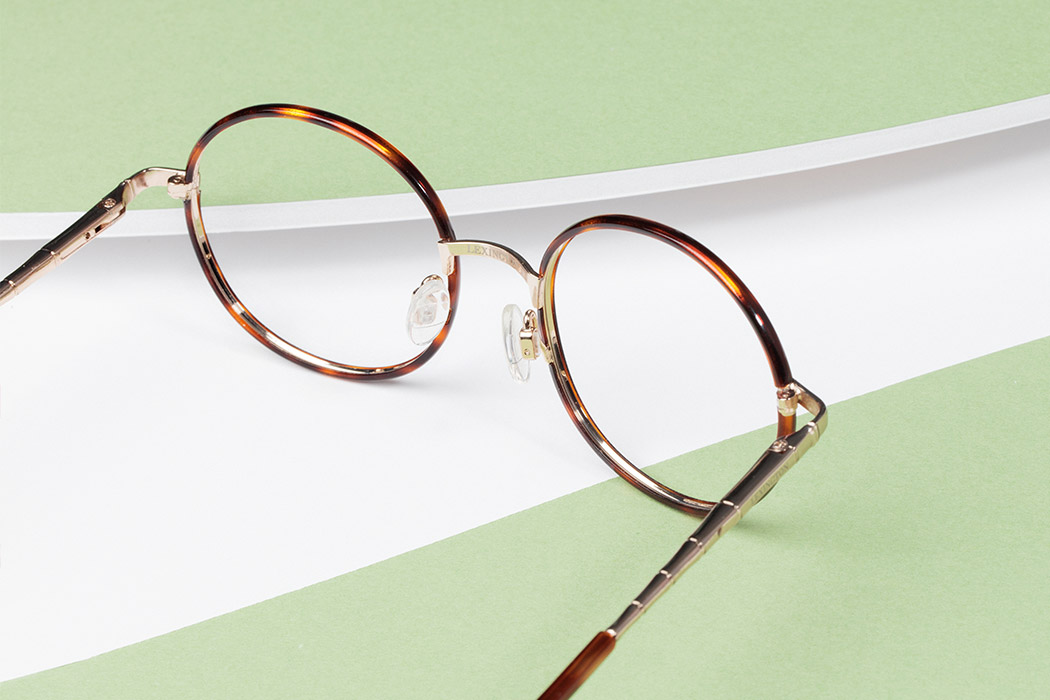
If you’re making a big change in style – for example going from a wide rectangular frame to something round, chances are the lens width in the round pair is considerably smaller than what you currently wear.
Plastic VS Metal bridge fit

If you have been wearing a plastic frame without nose pads and it fits well, try to match the bridge size exactly if your new frame will be plastic as well.
If you choose a metal frame, you can deviate from your current bridge size by 2-3mm and still have the adjustability of metal nose pad arms.
Check out our guide for more tips on how to buy glasses online at Clearly. For advice from our experts, reach out to us 24/7 via chat, email, or phone. You can also visit your nearest Clearly store if you’re in the mood to try frames on in person.
Read more:
See you on social!

